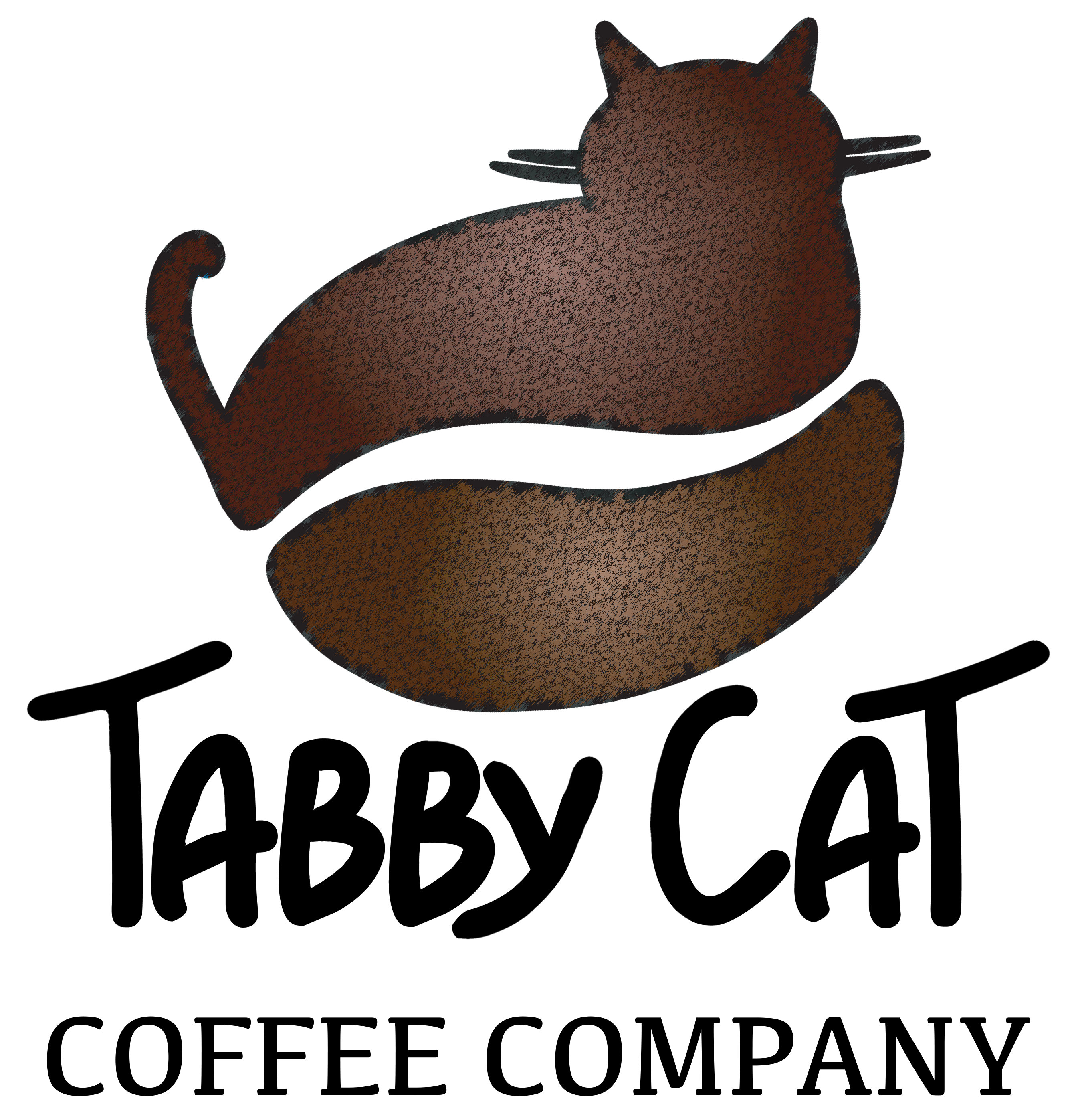"Nick is a “designer” breed called a Minskin, meaning he’s a mix of Munchkin, Sphynx, Burmese, and Devon Rex. He came to us with corneal ulcerations and is essentially blind in his left eye (like Nick Fury of “The Avengers”!) All was well until late last fall (2022) when he seemed “off” but what we were hoping was an upper respiratory infection or something mild, turned out to be severe HCM. His little heart is working too hard which causes thickening of his heart walls. There is no cure, only treatment. He’s on daily medication and doing well, for now. A repeat echocardiogram will tell us more."Pet Parent- Stephanie
Hypertrophic cardiomyopathy is the most commonly diagnosed cardiac disease in cats.
Feline Hypertrophic Cardiomyopathy (HCM) is a condition that causes the muscular walls of a cat’s heart to thicken, decreasing the heart’s efficiency and sometimes creating symptoms in other parts of the body. Although the cause of HCM has not been clearly identified, the fact that the condition is more prevalent in certain breeds (including Maine Coon, Ragdoll, British Shorthair, Sphynx, Chartreux and Persian cats) and that mutations of several cardiac (heart) genes have been identified in some cats with this disease suggests that genetics plays a role. *
While the disease’s effects and prognosis (predicted outcome) may vary considerably, proper diagnosis and treatment can decrease the chance that a cat with HCM will experience certain symptoms and can improve his or her quality of life. *
In a cat with HCM, the heart’s left ventricle (its primary “pump muscle”) is thickened, leading to a decrease in the volume of the heart chamber and to abnormal relaxation of the heart muscle. These changes can cause the heart to beat rapidly, resulting in increased oxygen usage and possibly to oxygen starvation of the heart muscle. This oxygen starvation may cause heart cells to die off, worsening heart function and leading to the development of arrhythmias (in which the heart beats too rapidly, too slowly, or with an irregular rhythm). *
Diagnosis
HCM is diagnosed by echocardiography, a technology that uses sound waves to create an image of the heart. In cats with HCM, these images reveal the thickened walls and constricted volume of the left ventricle of the heart. However, similar heart thickening is also caused by other common conditions, including high blood pressure and hyperthyroidism. These diseases must be ruled out prior to diagnosing HCM. Your veterinarian may also recommend other tests, including chest radiographs and electrocardiography, depending on the results of a physical examination and/or echocardiographic findings. *
Treatment
Although HCM has no known cure, a specialized care plan can help manage clinical signs of the condition in your cat. Treatment goals include controlling the heart rate, alleviating lung congestion (congestive heart failure), and preventing the formation of blood clots that can lead to thromboembolism.
Medication can help manage HCM, and can be administered orally to stable patients or by injection in more serious situations. Other drugs, such as nitroglycerine, may be applied to the cat’s skin for absorption.
Unfortunately, no therapy has been shown to prevent the progression of HCM when started before clinical signs are observed. *
To learn more about HCM, visit the link below.
All text is sourced from Cornell Feline Health Center.






